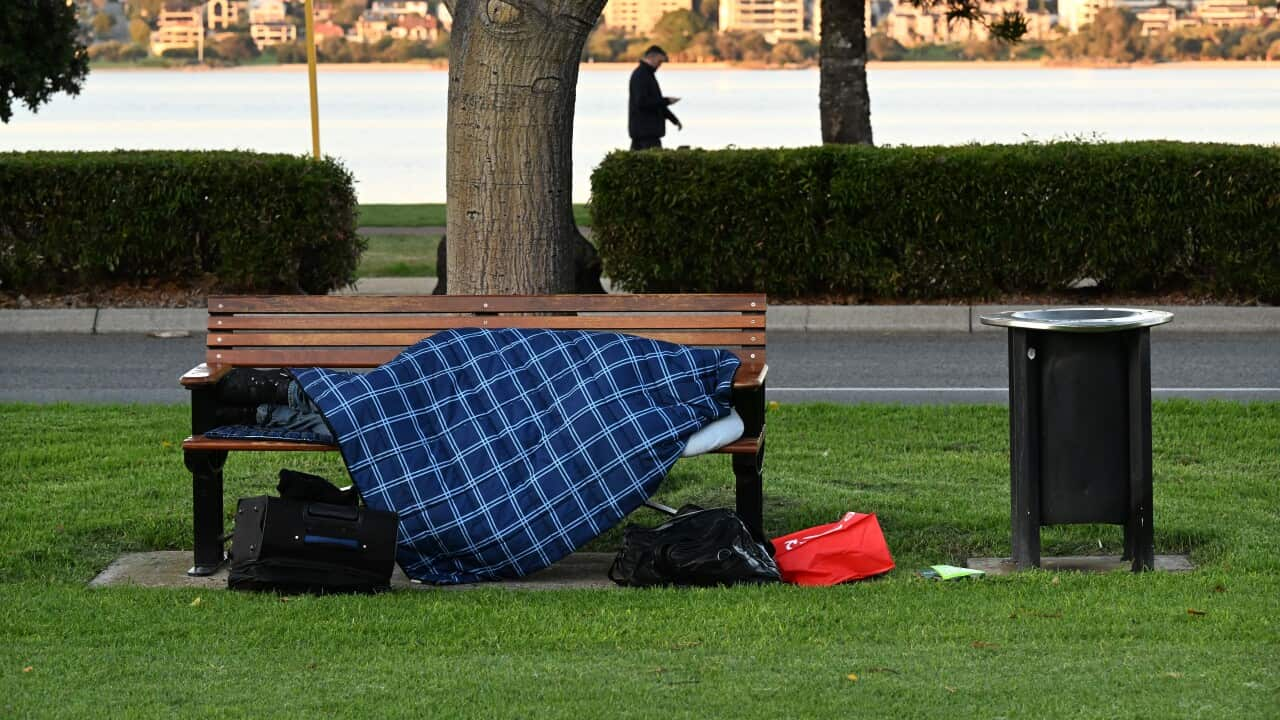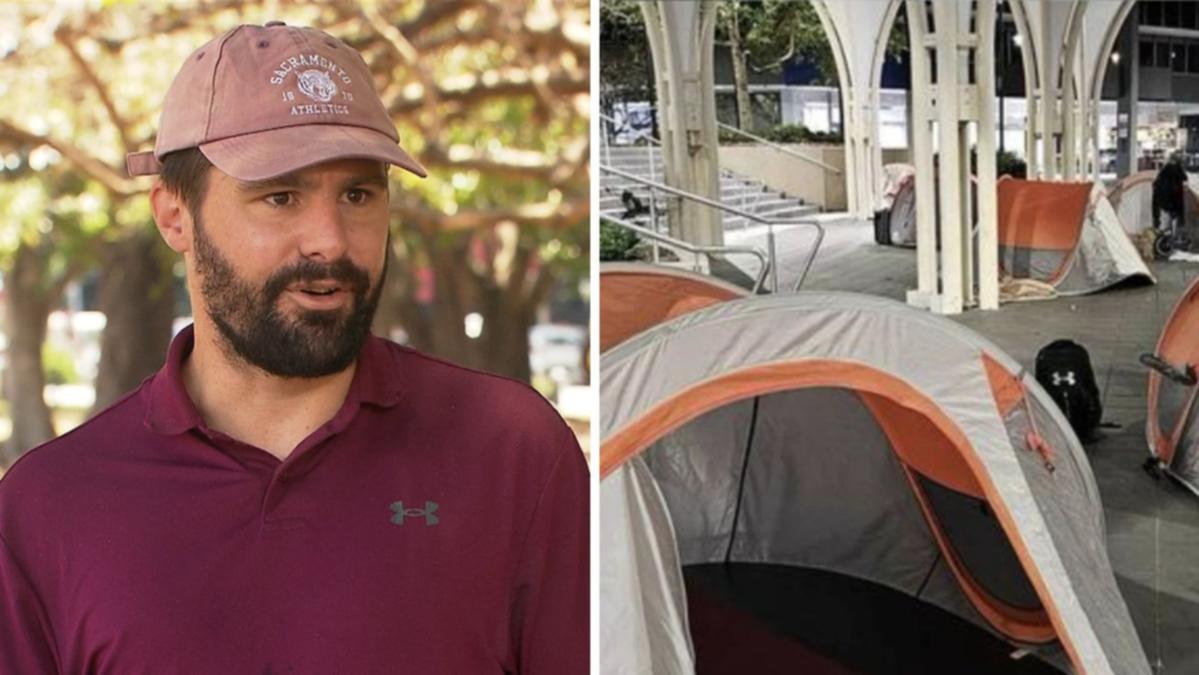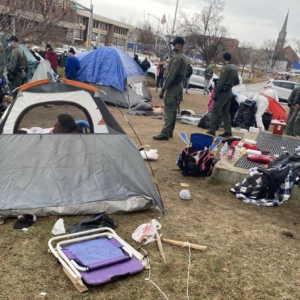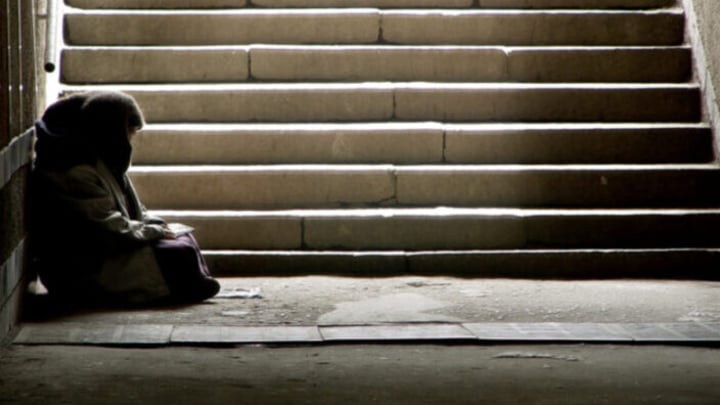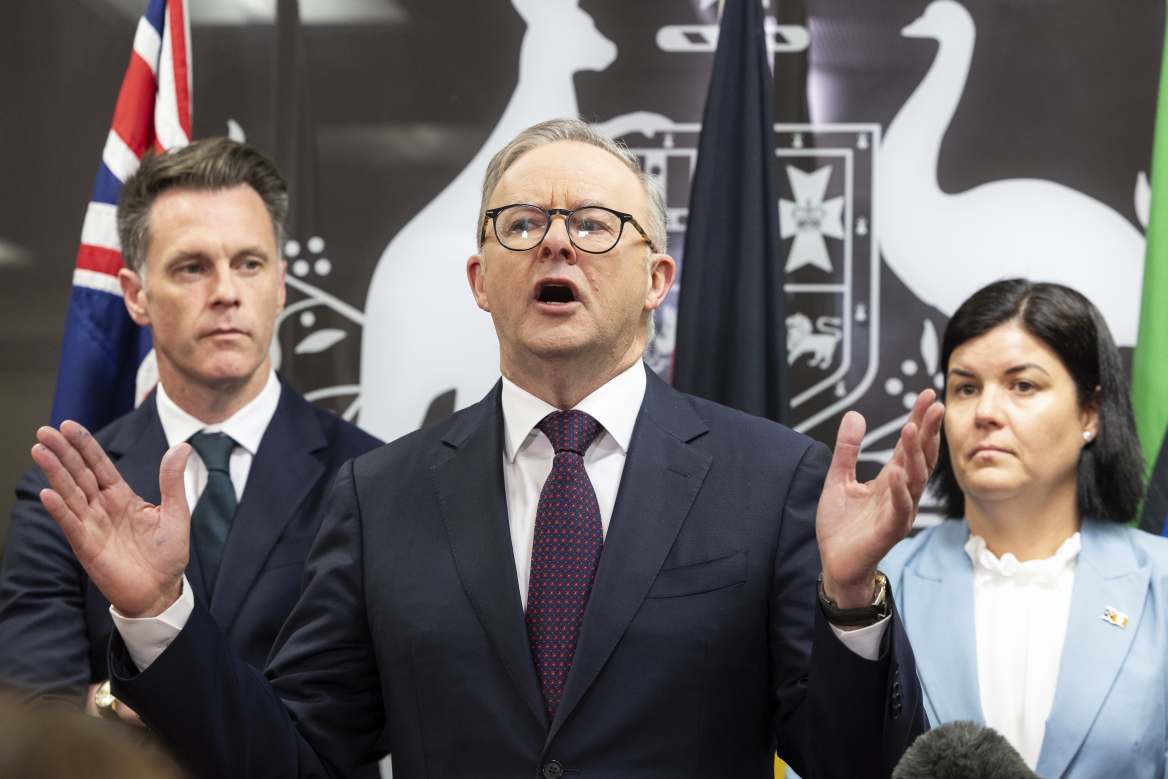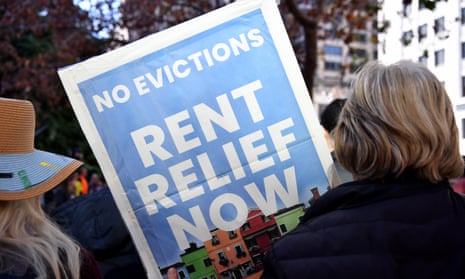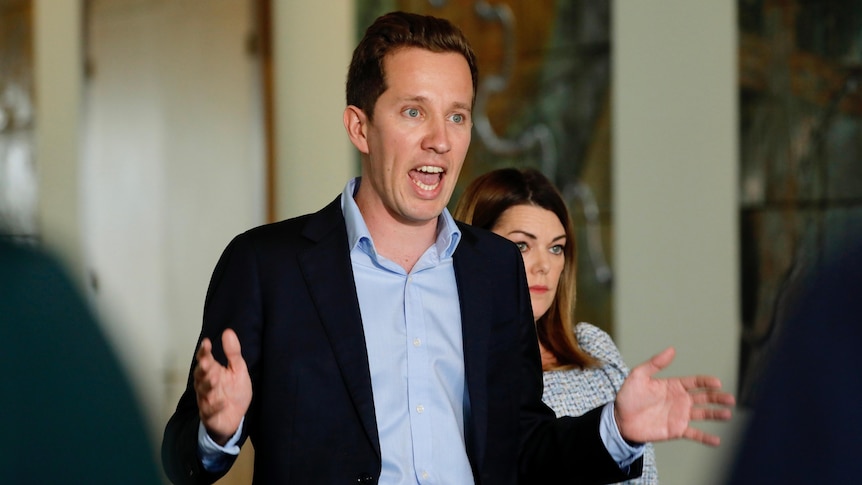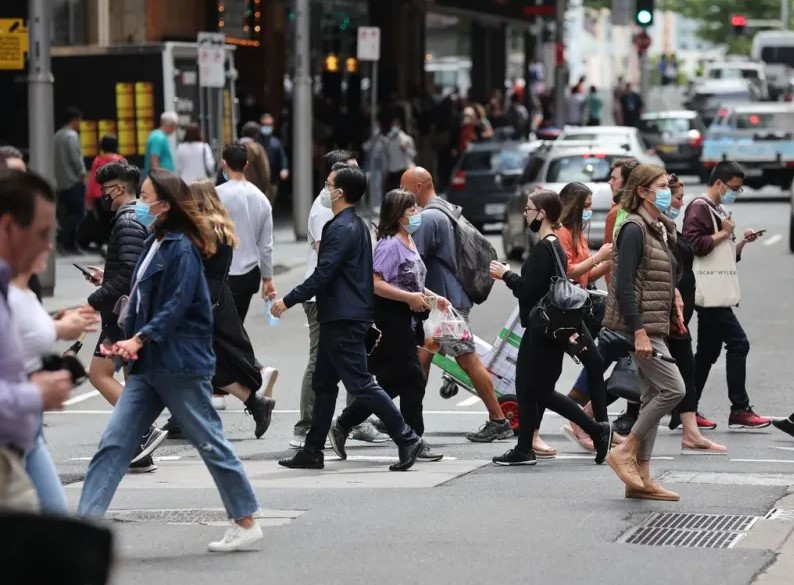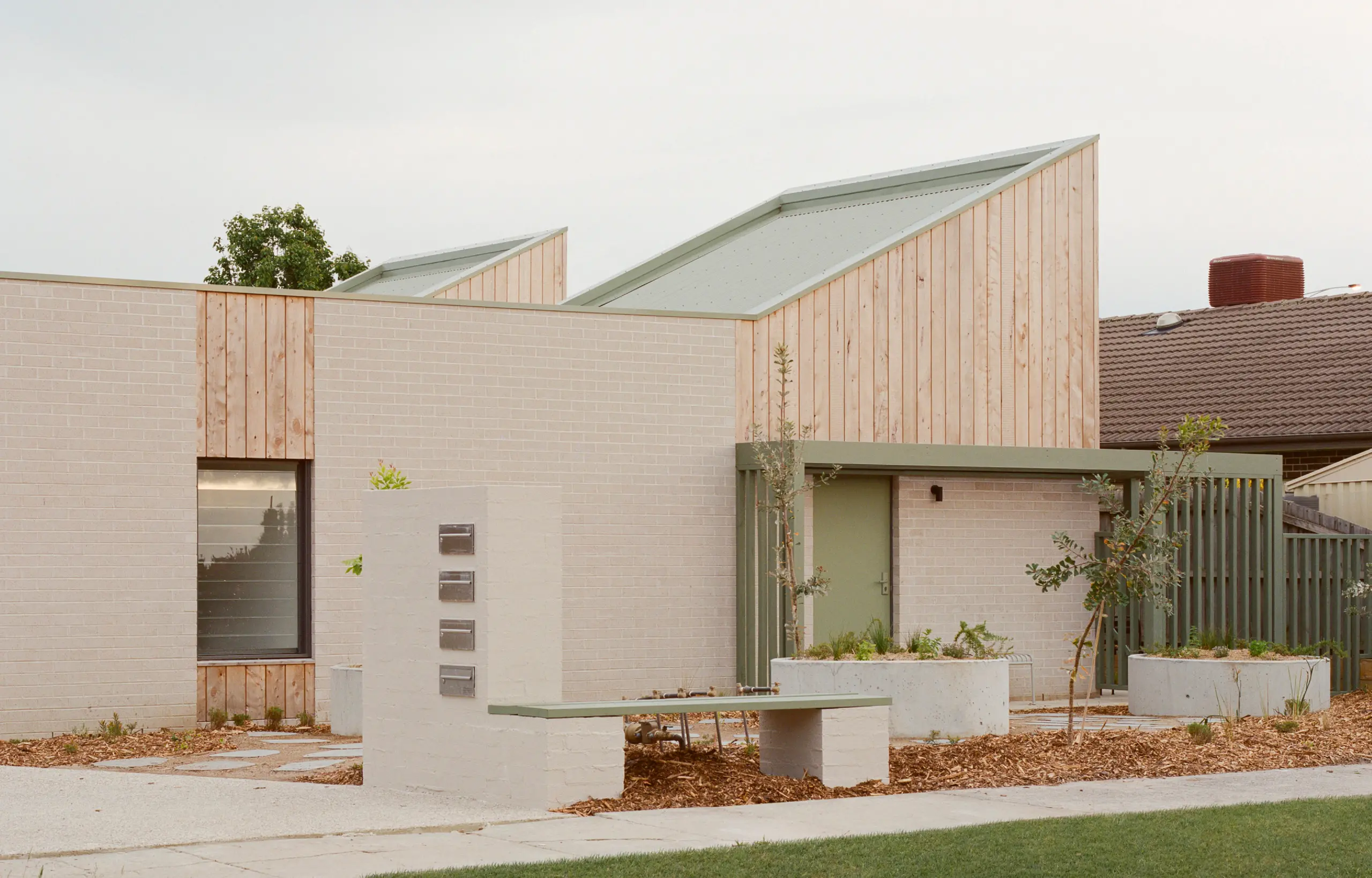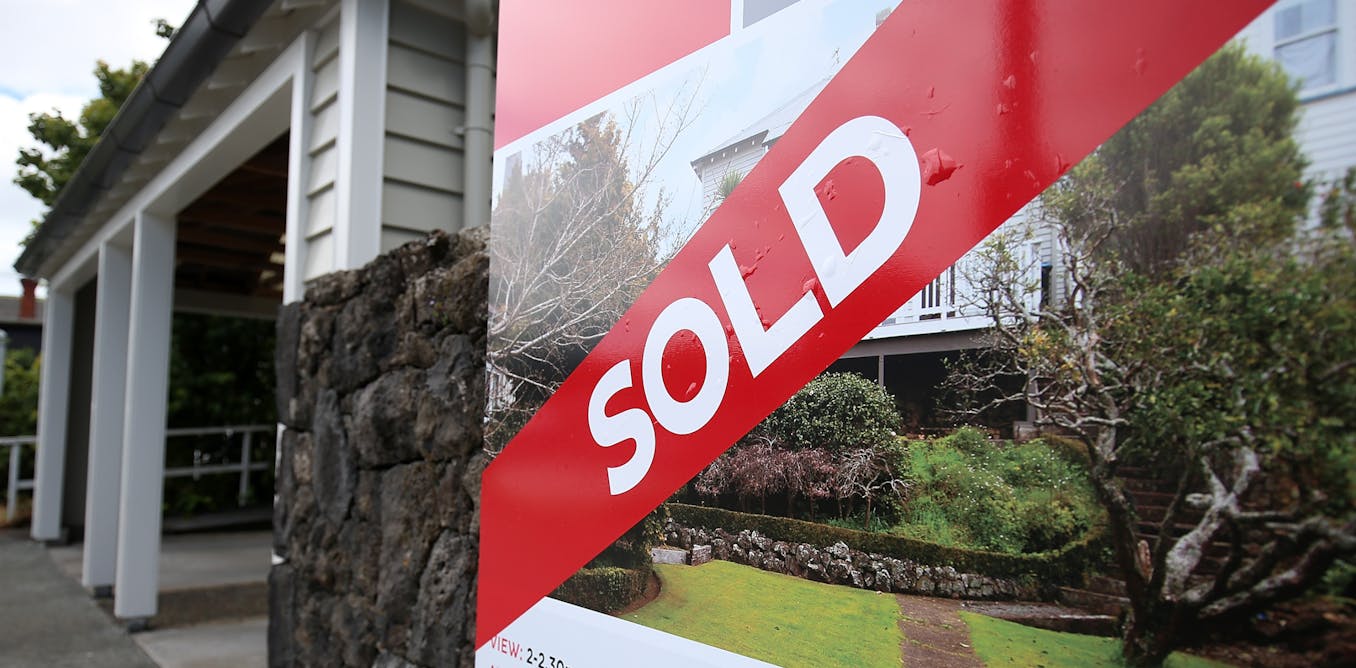A Western Australia council will stop playing a Wiggles song it was using to drive homeless people away from a…
Brisbane City Council workers have sparked outrage for disposing of tents supposed to help house the city’s homeless community just…
Australia’s peak real estate body has called for the National Housing and Homelessness Plan to deliver actions against several key…
The Block is over for another year, but not before ending with five auctions that all produced wildly different results….
Housing Australia has signed a $517-million deal with the Victorian government to help provide 1370 new homes in Melbourne. The…
The United States is facing one of the worst housing crises in its history. The problem has turned homelessness into…
- News
Women facing homelessness are at an increased risk of experiencing mental health problems, and physical health problems in addition to…
- News
You’d be forgiven for thinking it’s harder to get an apartment building approved in Sydney than to climb one with…
- News
A Senate inquiry heard almost 650,000 households across Australia were in severe housing stress, with stories of renters struggling amid…
- News
Under pressure to ease the rental crisis in Australia, Prime Minister Anthony Albanese recently joined state and territory leaders in unveiling a plan to…
- News
There’s growing calls to transform empty older office buildings in city centres into apartment buildings to help alleviate Australia’s rental crisis…
- News
A new approach to entering the housing market in Australia has been proposed by one of the country’s leading entrepreneurs…
- News
There’s no two ways about it, Australia is in desperate need of more affordable rentals for those locked out of…
- News
The property market is New Zealand’s largest industry, adding NZ$41.2 billion a year to gross domestic product. But there is a…

